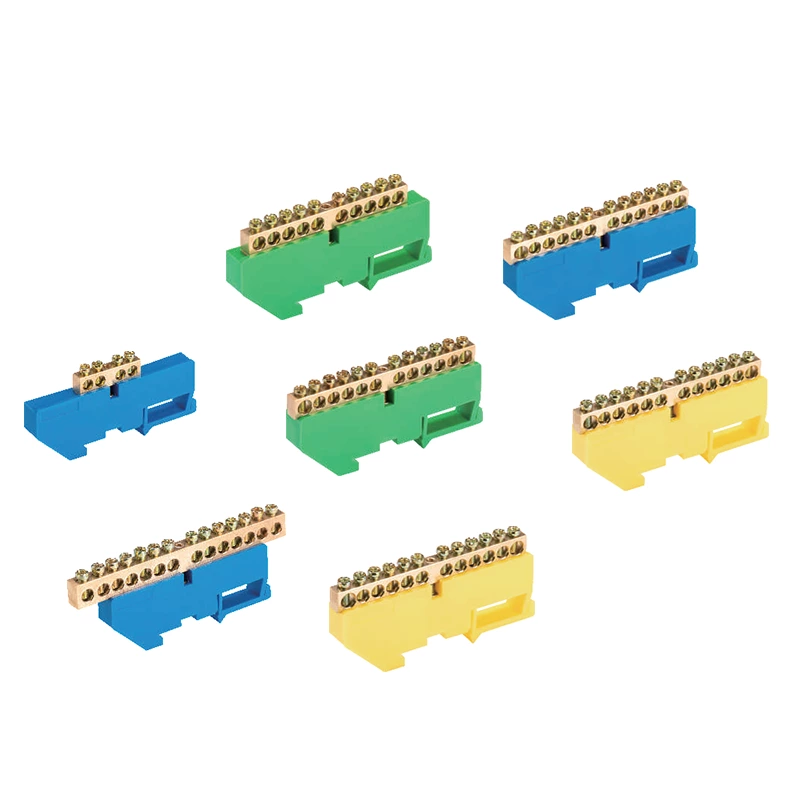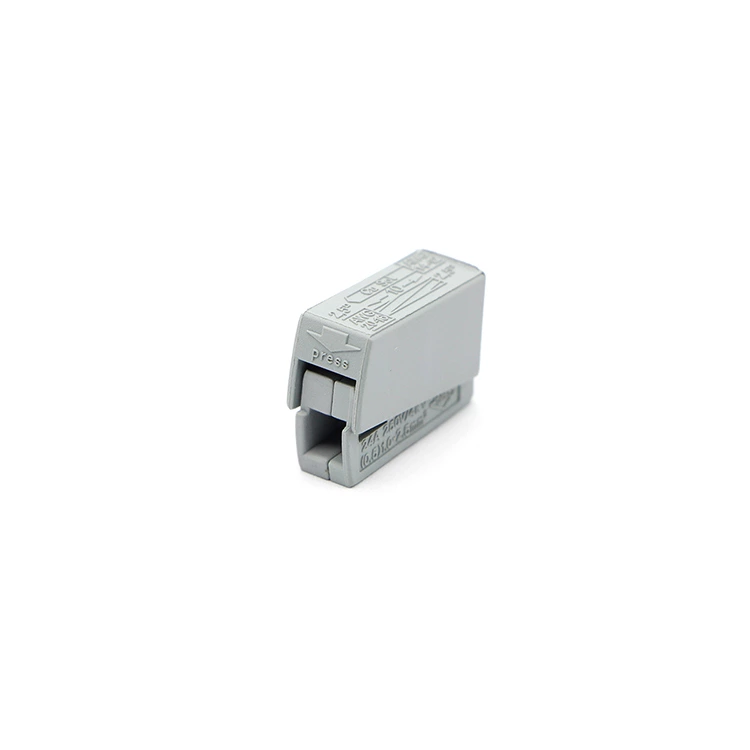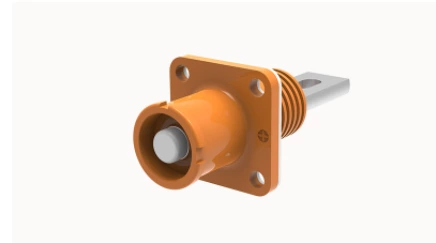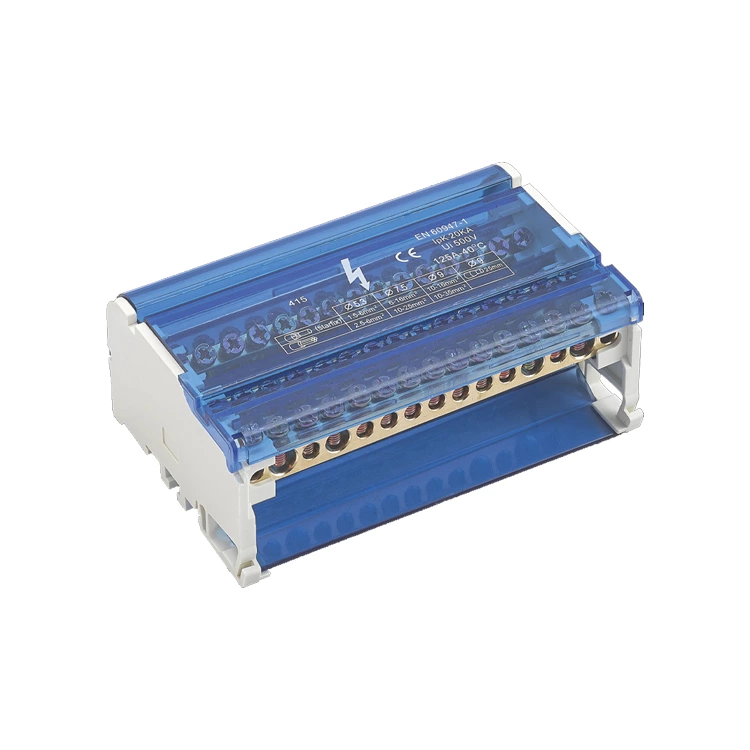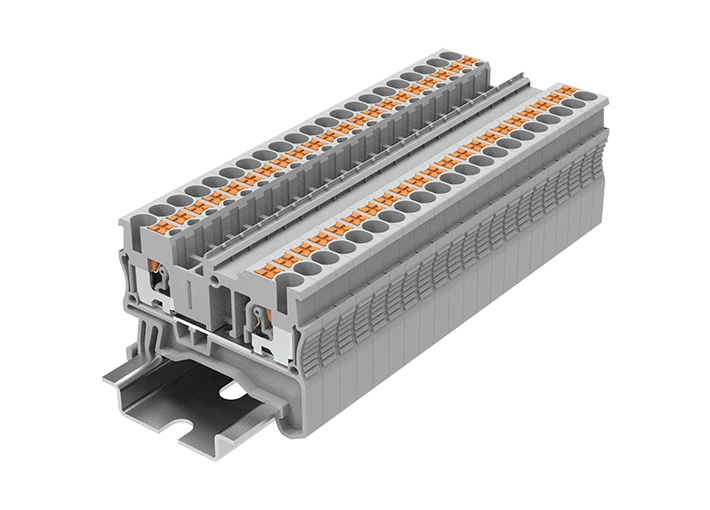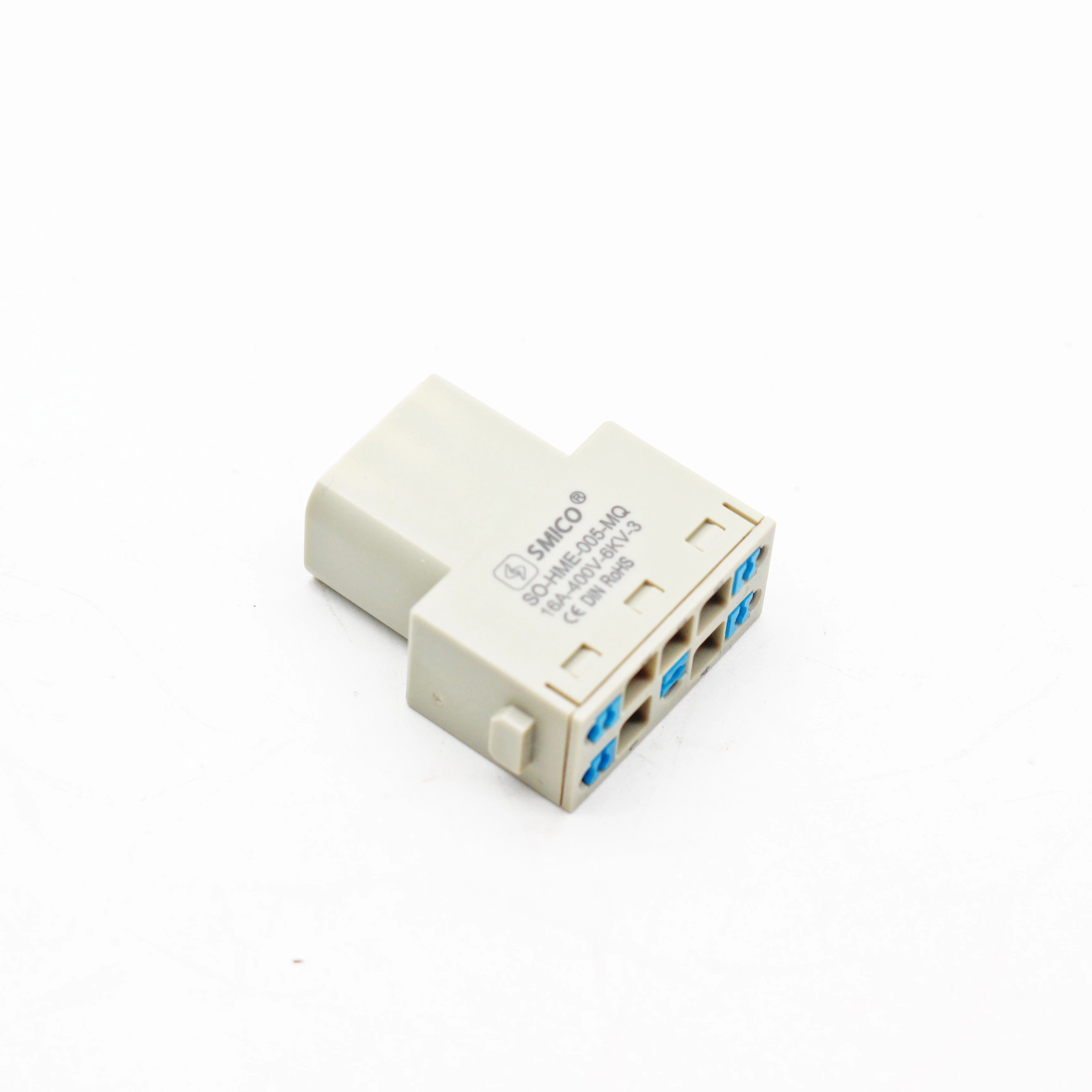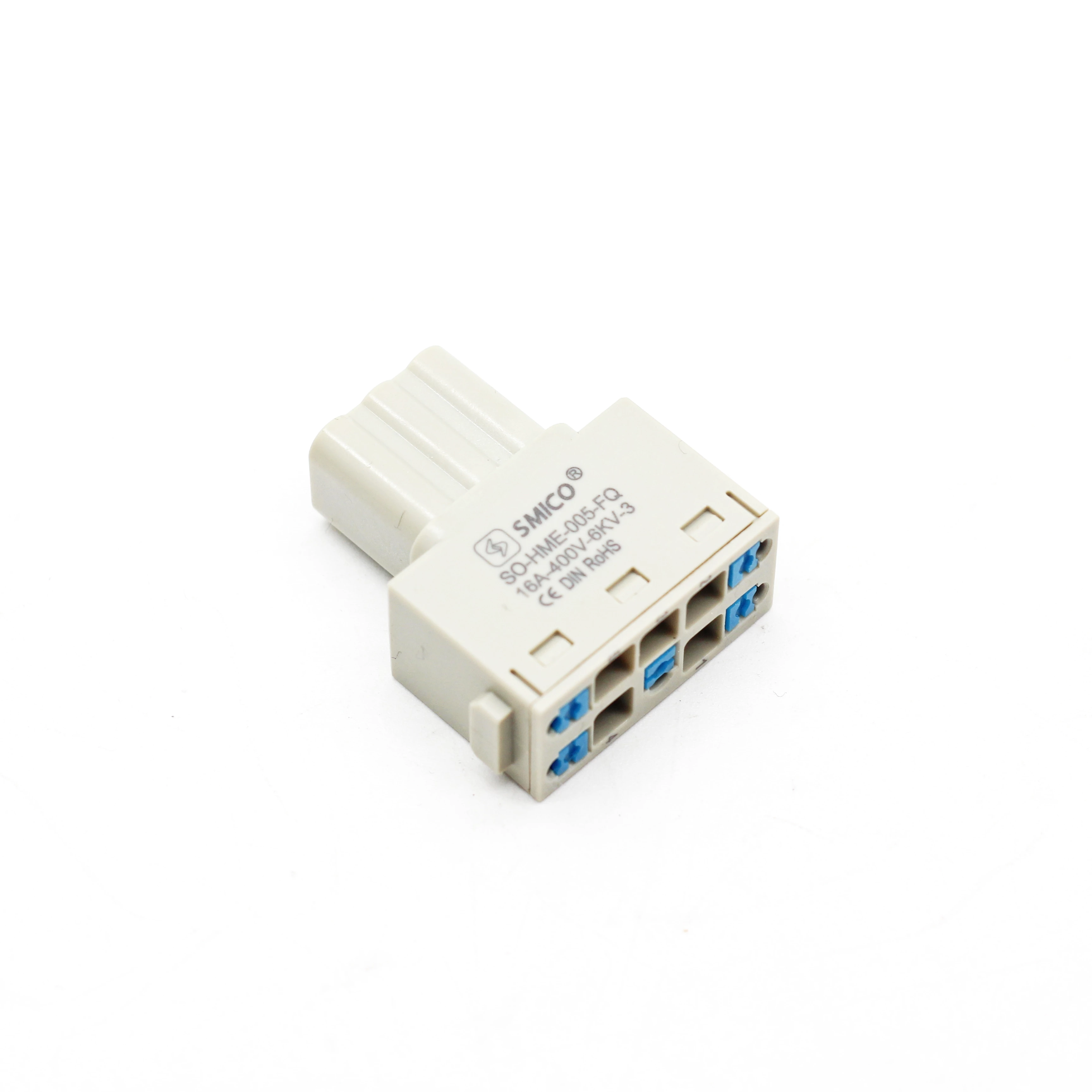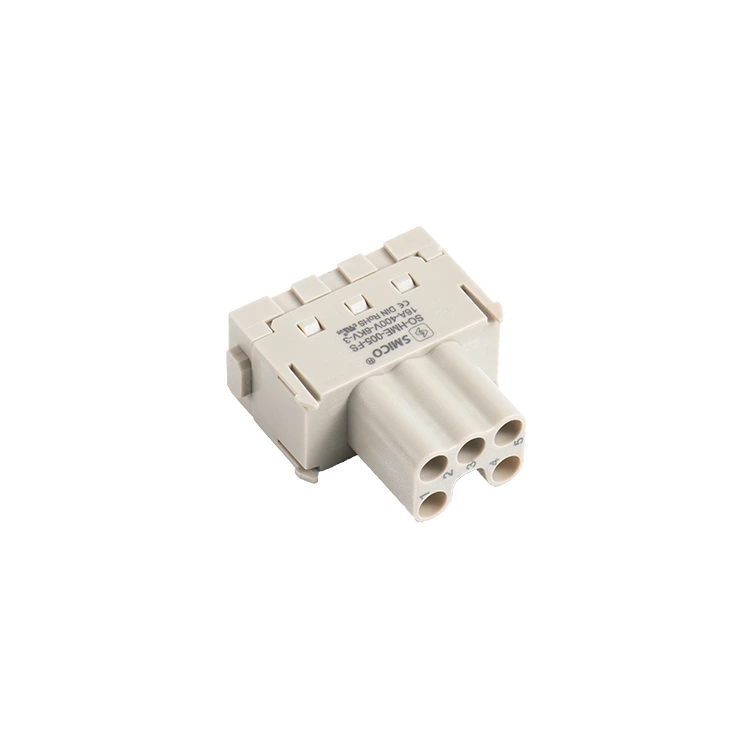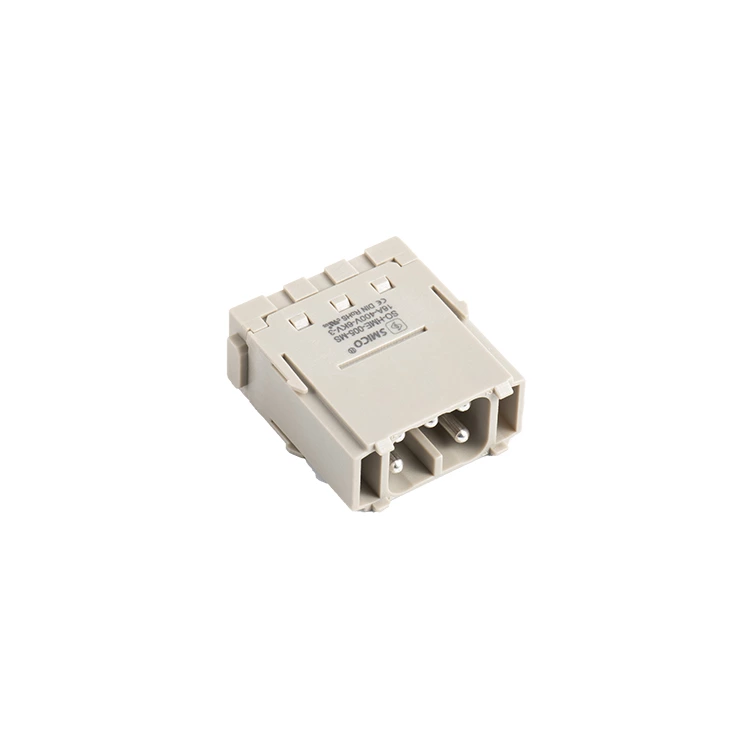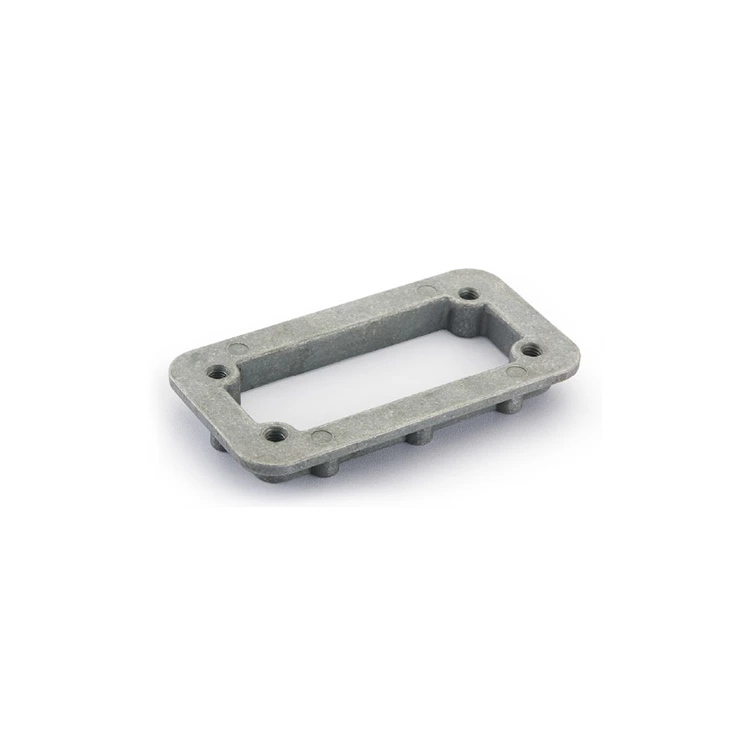Selection Of Copper Terminal Blocks
copper terminal block selection has always been a hot topic! It's easy to say. If you know the copper distribution block model or have a product picture to buy, you can directly ask the copper terminal strip salesperson, but for purchases with only some product parameters or even no parameters, buying terminal blocks is a headache.
1. Do you know what kind of terminal blocks you want before choosing the type?
According to the function of the terminal, there are: ordinary terminals, safety terminals, test terminals, grounding terminals, double-layer terminals, double-layer terminals, three-layer terminals, one-in and two-out terminals, one-in and three-out terminals, double-in and two-out terminals, circuit breaker terminals, overvoltage protection terminals, sign terminals, etc.
According to the current classification, there are: ordinary terminals (small current terminals), high current terminals (above 100A or above 25MM wire), etc.
According to the appearance, it can be divided into rail terminals, fixed terminals, PCB terminals, etc.
The choice of terminals is nothing more than wire diameter and current, such as wire diameter, current, wiring direction, application occasions, wiring method, etc. The general wiring direction includes front wiring and side wiring, which is mainly to facilitate the operation of technicians and improve work efficiency. This is a very common problem. The application range of terminals is very wide. For example, if you choose a terminal to be soldered on a PCB, then the connection method of the terminal used on the rail is impossible to choose. Generally, there are three methods: docking, hanging, and fixing. The basic structure of the universal terminal consists of an insulating base, an insulating partition, and a wire. The insulating base is an integrated type.
